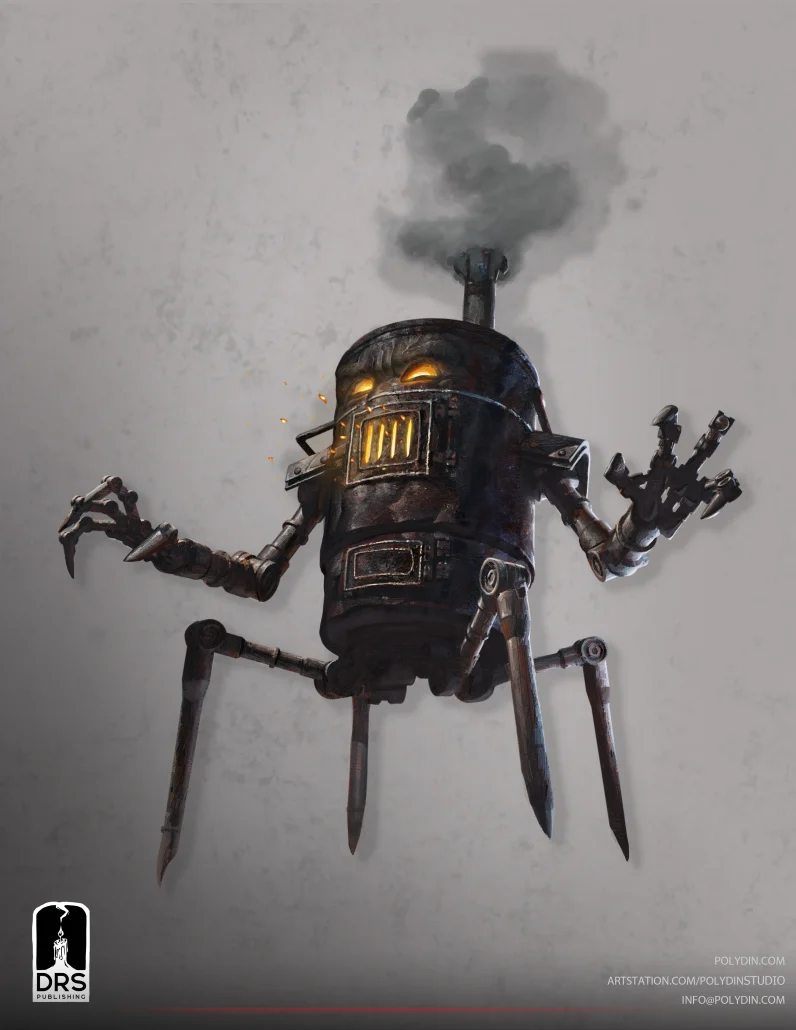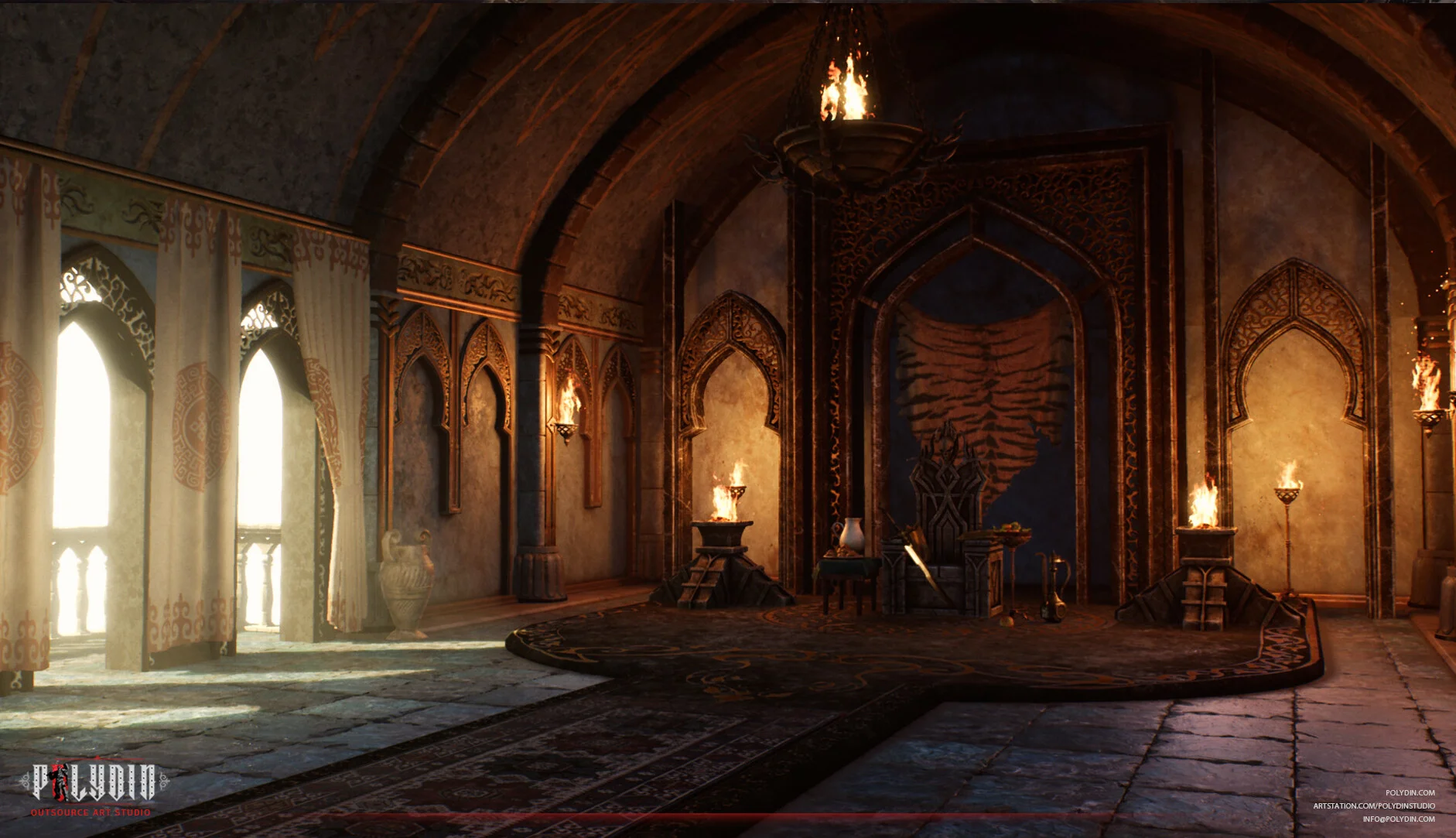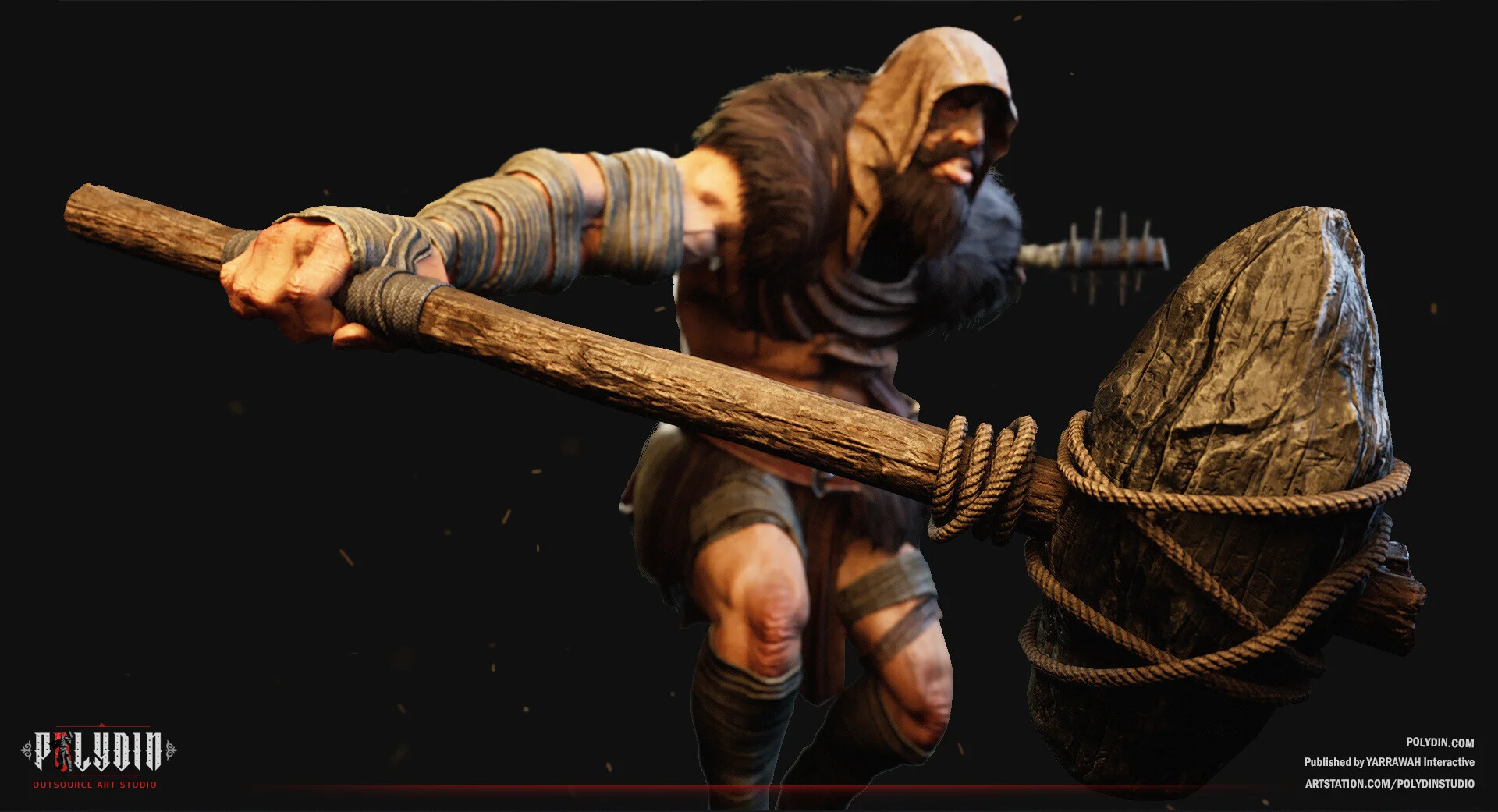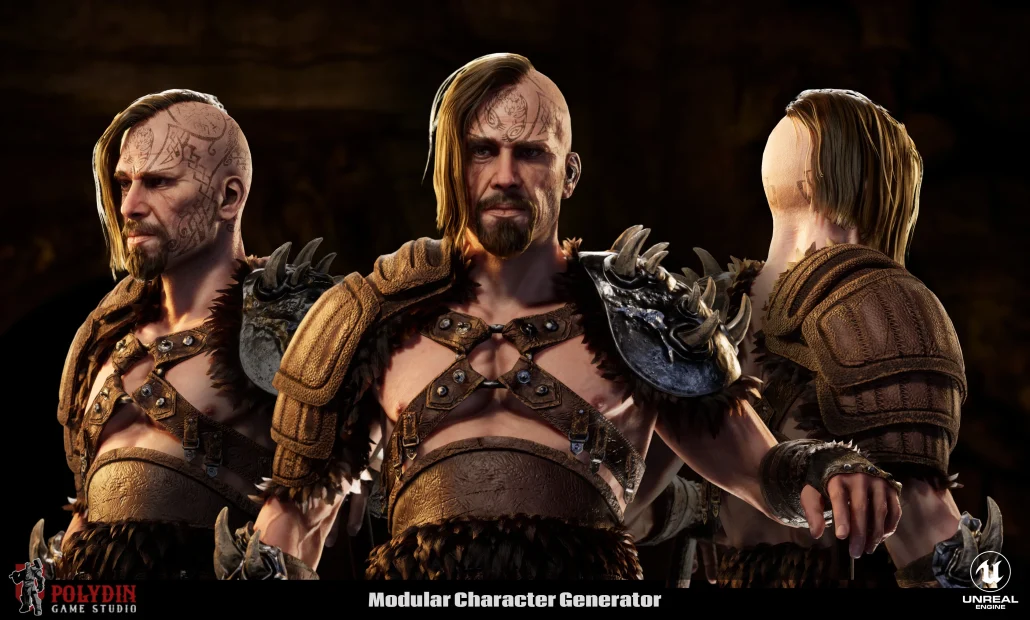Embarking on the exhilarating journey of game design is akin to venturing into a complex labyrinth, where every turn presents a unique set of challenges to overcome. In this exploration, “Navigating the Labyrinth: Game Design Challenges Unveiled,” we delve into the multifaceted landscape that game designers navigate. From the technical intricacies of selecting the right game engine and programming languages to the creative balancing act of designing captivating aesthetics, audio, and visuals, designers grapple with a myriad of technical and creative challenges. The design process itself poses its own set of hurdles, from scoping features within budget constraints to crafting engaging tutorials and difficulty curves. Moreover, managing teams, collaborating with publishers, and steering studios through financial and community-related challenges add layers of complexity to the game design elements. Join us as we unravel the intricacies of game design, exposing the challenges that shape the captivating worlds and immersive experiences we enjoy as gamers.
Introduction to Game Design Challenges
In the ever-evolving realm of game design, creators are met with a diverse array of challenges that span the technical, creative, procedural, and interpersonal domains. Technical Challenges usher designers into a world where the selection of game engines and programming languages shapes the foundation while optimizing performance and meticulous bug testing become paramount. On the other hand, Creative Challenges beckon designers to strike a delicate balance, harmonizing gameplay progression and power-ups and crafting signature aesthetics, audio, and visuals to ensure a captivating and immersive player experience.
The Design Process Challenges arena calls for strategic foresight, demanding effective scoping, early prototyping, thoughtful monetization strategies, and meticulous planning of tutorials, difficulty curves, and accessibility features. Meanwhile, Team and Studio Challenges introduce a collaborative dimension, where managing programming, art, and design teams, navigating collaborations with publishers, securing resources, and addressing community feedback converge to sculpt the collective success of game development endeavors. This exploration into these four realms promises a deeper understanding of the intricate tapestry that defines the landscape of challenges within the dynamic world of game design.


Technical Challenges
Embarking on the journey of game design challenges necessitates overcoming a series of technical hurdles, where the very architecture of virtual worlds is meticulously crafted. In this exploration of Technical Challenges, we delve into the critical aspects that underpin a game’s development.
• Choosing the Right Game Engine and Programming Languages
Selecting the optimal and best game engines and programming languages lays the groundwork for a project’s success. This decision shapes the game’s capabilities, performance, and the ease with which developers can bring their creative visions to life. A careful balance must be struck between the engine’s features, the programming languages’ efficiency, and the project’s specific requirements.
• Optimizing Performance for Target Platforms
As gaming spans a multitude of platforms, ensuring a seamless experience across each demands a mastery of performance optimization. From consoles and PCs to mobile devices, designers must navigate the complexities of resource management, graphical fidelity, and responsiveness. The challenge is to create a game that not only meets technical specifications but also delivers a consistent and enjoyable experience for players.
• Bug Testing and Fixing
The pursuit of a flawless gaming experience is a continual process of identifying and addressing bugs. Bug Testing and Fixing requires an eagle-eyed approach to detect glitches, errors, and unexpected behaviors. Through systematic testing methodologies and diligent debugging, designers strive to deliver a polished product that meets the expectations of a discerning gaming audience. This ongoing process ensures that players can immerse themselves in a virtual world free from disruptive technical issues.
Creative Challenges
Embarking on the creative odyssey of game design challenges introduces a realm where innovation, imagination, and artistic prowess converge. In this exploration of Creative Challenges, we delve into the intricacies that breathe life into virtual worlds.


• Balancing Gameplay Progression and Power-ups
Achieving the perfect harmony between gameplay progression and power-ups is a delicate dance. Striking the right balance ensures that players are consistently engaged, challenged, and rewarded. The challenge lies in crafting a dynamic and satisfying player journey, where each power-up enhances the gaming experience without disrupting the finely tuned rhythm of progression.
• Designing Signature Aesthetics, Audio, and Visuals
The visual and auditory elements of a game are its soul, shaping the player’s perception and emotional connection. Designing Signature Aesthetics, Audio, and Visuals demands a keen artistic sensibility, where every pixel, note, and frame contributes to the immersive atmosphere. Crafting a unique and memorable identity requires a fusion of creativity, technical skill, and a deep understanding of the desired player experience.
• Maintaining Unified Vision Across Game Aspects
A cohesive and unified vision is the guiding force that ensures every element of the game aligns harmoniously. From narrative themes to visual design, audio composition, and gameplay mechanics, Maintaining Unified Vision Across Game Aspects requires collaboration among diverse creative talents. This challenge is a testament to the importance of a shared vision that resonates with both the development team and the player community, resulting in a truly immersive and cohesive gaming experience.
Design Process Challenges
Embarking on the intricate journey of game design challenges demands a meticulous and strategic approach to the design process. In this exploration of Design Process Challenges, we unravel the complexities involved in sculpting cohesive gaming experiences.
• Scoping Possible Features Within Budget and Deadlines
Crafting a compelling game experience requires a delicate balance between ambition and pragmatism. The challenge lies in effectively Scoping Possible Features Within Budget and Deadlines, ensuring that the envisioned features align with resource constraints and the designated timeframe. Strategic decision-making and a keen understanding of project scope are crucial in delivering a polished and timely product.
• Prototyping Effectively to Test Ideas Early
The early stages of game development are a canvas for experimentation and innovation. Prototyping Effectively to Test Ideas Early is a pivotal challenge, allowing designers to validate concepts, game mechanics, and gameplay dynamics. A well-executed prototyping phase provides valuable insights, helping refine ideas before committing extensive resources, ensuring a more robust and player-centric final product.
• Determining Optimal Monetization Strategy
The delicate balance between creating engaging content and sustaining financial viability is at the core of Determining Optimal Monetization Strategy. From in-app purchases to premium models or ad-based approaches, designers must carefully consider the economic framework that aligns with the game’s design, target audience, and overarching goals, striking a balance that benefits both players and developers.
• Planning Tutorials, Difficulty Curves, and Accessibility
Crafting a game that welcomes players of all skill levels demands careful consideration of Planning Tutorials, Difficulty Curves, and Accessibility. Designers face the challenge of introducing mechanics through effective tutorials, calibrating difficulty to provide a satisfying progression curve, and ensuring accessibility features cater to a diverse player base. This inclusive approach ensures that the game resonates with a broad audience, fostering an immersive and enjoyable experience for all.
Team and Studio Challenges
In the dynamic landscape of game development stages, the challenges faced by teams and studios extend beyond creative and technical realms to encompass the intricacies of collaboration, resource management, and community engagement. This exploration of Team and Studio Challenges delves into the collaborative frontiers where managing programming, art, and design teams converge with effective collaboration with publishers, the perpetual task of maintaining studio funding, resources, and staff, and adeptly handling community feedback and criticisms.


• Managing Programming, Art, and Design Teams
The heartbeat of game development resonates through the collaborative efforts of programming, art, and design teams. The challenge lies in Managing Programming, Art, and Design Teams cohesively, ensuring effective communication, synchronized workflows, and a shared commitment to the project vision. Navigating the diverse skill sets and perspectives within these teams is essential for fostering innovation and a harmonious development process.
• Collaborating Effectively with Publishers
Collaboration with publishers introduces a unique set of challenges, demanding adept communication and negotiation skills. Collaborating Effectively with Publishers involves aligning creative visions, navigating potential conflicts, and meeting contractual obligations. Successful collaboration ensures the harmonious realization of a game’s potential while balancing the interests of developers and publishers.
• Maintaining Studio Funding, Resources, and Staff
The lifeblood of any game development endeavor is the sustenance of studio funding, resources, and staff. The challenge of Maintaining Studio Funding, Resources, and Staff requires strategic planning, effective budgeting, and nurturing a positive studio culture. Balancing financial stability with creative freedom is an ongoing task that ensures the longevity and vitality of the studio.
• Handling Community Feedback and Criticisms
The gaming community’s voice is powerful and dynamic. Effectively Handling Community Feedback and Criticism demands a combination of humility, responsiveness, and discernment. Studios face the challenge of navigating diverse opinions, addressing concerns, and leveraging constructive feedback to enhance the gaming experience. Building a transparent and communicative relationship with the community is vital for fostering trust and loyalty.


